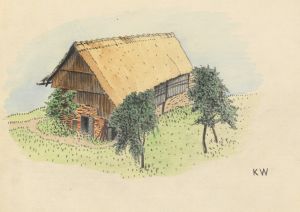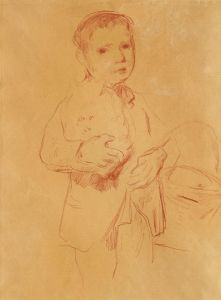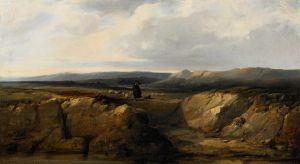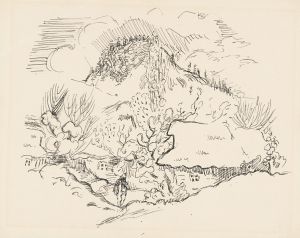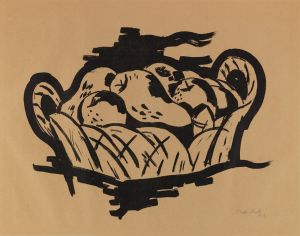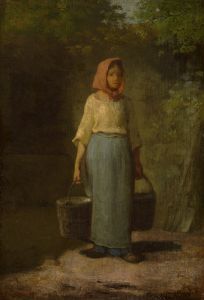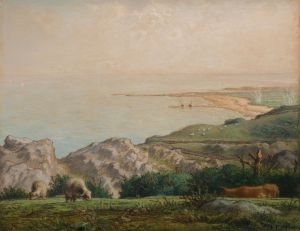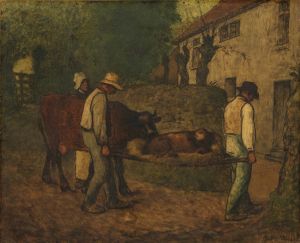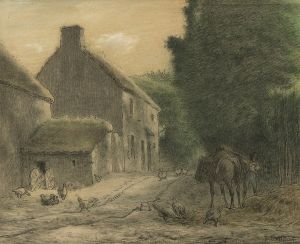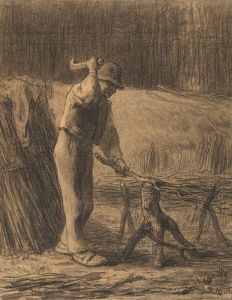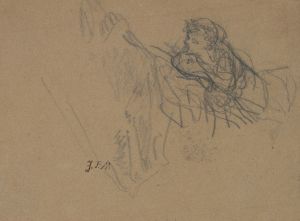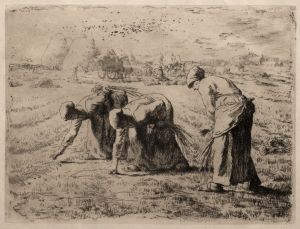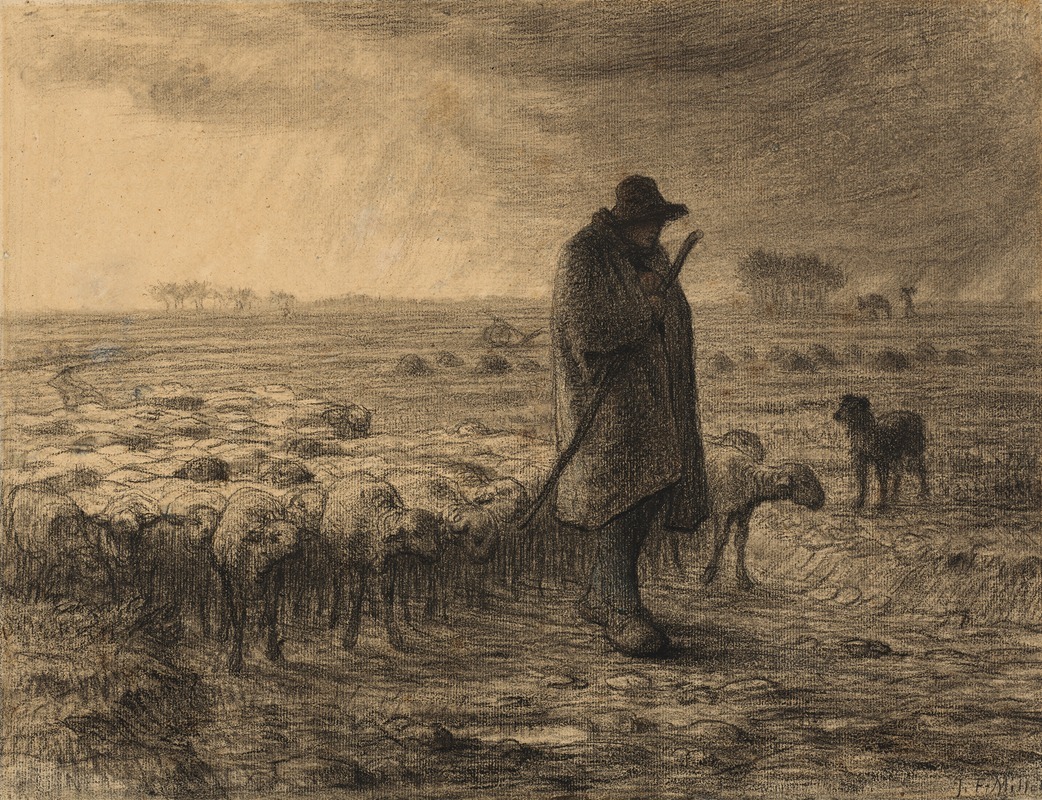
Shepherd Returning With His Flock
A hand-painted replica of Jean-François Millet’s masterpiece Shepherd Returning With His Flock, meticulously crafted by professional artists to capture the true essence of the original. Each piece is created with museum-quality canvas and rare mineral pigments, carefully painted by experienced artists with delicate brushstrokes and rich, layered colors to perfectly recreate the texture of the original artwork. Unlike machine-printed reproductions, this hand-painted version brings the painting to life, infused with the artist’s emotions and skill in every stroke. Whether for personal collection or home decoration, it instantly elevates the artistic atmosphere of any space.
Jean-François Millet's "Shepherd Returning With His Flock" is a notable work by the French artist, who is renowned for his depictions of rural life and peasant subjects. Millet was a leading figure in the Barbizon School, a movement that emerged in the mid-19th century in France, emphasizing realism and the beauty of the natural world. This painting exemplifies Millet's dedication to portraying the dignity and simplicity of rural laborers.
"Shepherd Returning With His Flock" captures a moment in the daily life of a shepherd, a common theme in Millet's oeuvre. The painting depicts a shepherd guiding his flock of sheep back home at the end of the day. The scene is set against a backdrop of a tranquil landscape, likely inspired by the countryside around Barbizon, where Millet spent much of his career. The use of light and shadow in the painting reflects the time of day, possibly dusk, adding a serene and contemplative mood to the composition.
Millet's technique in this painting is characterized by his use of earthy tones and a soft, almost hazy application of paint, which contributes to the overall atmosphere of calm and introspection. The shepherd, central to the composition, is portrayed with a sense of quiet strength and resilience, embodying the artist's respect for the hard work and perseverance of rural workers. The flock of sheep, rendered with careful attention to detail, follows the shepherd, creating a sense of movement and continuity within the landscape.
This painting, like many of Millet's works, reflects the artist's interest in the relationship between humans and nature. It highlights the cyclical nature of agricultural life and the harmonious coexistence between people and their environment. Millet's focus on such themes was partly influenced by his own upbringing in a rural farming community in Normandy, which instilled in him a deep appreciation for the land and those who worked it.
"Shepherd Returning With His Flock" is an example of Millet's ability to elevate everyday rural scenes to the level of fine art, challenging the conventions of his time that often relegated such subjects to a lower status. His work had a significant impact on later artists, including the Impressionists, who admired his ability to capture the essence of rural life with authenticity and empathy.
The painting is part of a broader body of work by Millet that includes other famous pieces such as "The Gleaners" and "The Angelus," which similarly explore themes of rural labor and the human condition. Through these works, Millet contributed to a greater appreciation of rural life and its inherent beauty, influencing both his contemporaries and future generations of artists.
While specific details about the provenance and current location of "Shepherd Returning With His Flock" may not be widely documented, the painting remains an important part of Millet's legacy. It continues to be studied and appreciated for its artistic merit and its poignant portrayal of a way of life that was rapidly changing during Millet's time due to industrialization and urbanization.
In summary, "Shepherd Returning With His Flock" is a testament to Jean-François Millet's skill as a painter and his commitment to depicting the lives of rural workers with dignity and respect. Through his art, Millet offers viewers a glimpse into the pastoral world, inviting them to reflect on the timeless connection between humanity and nature.







